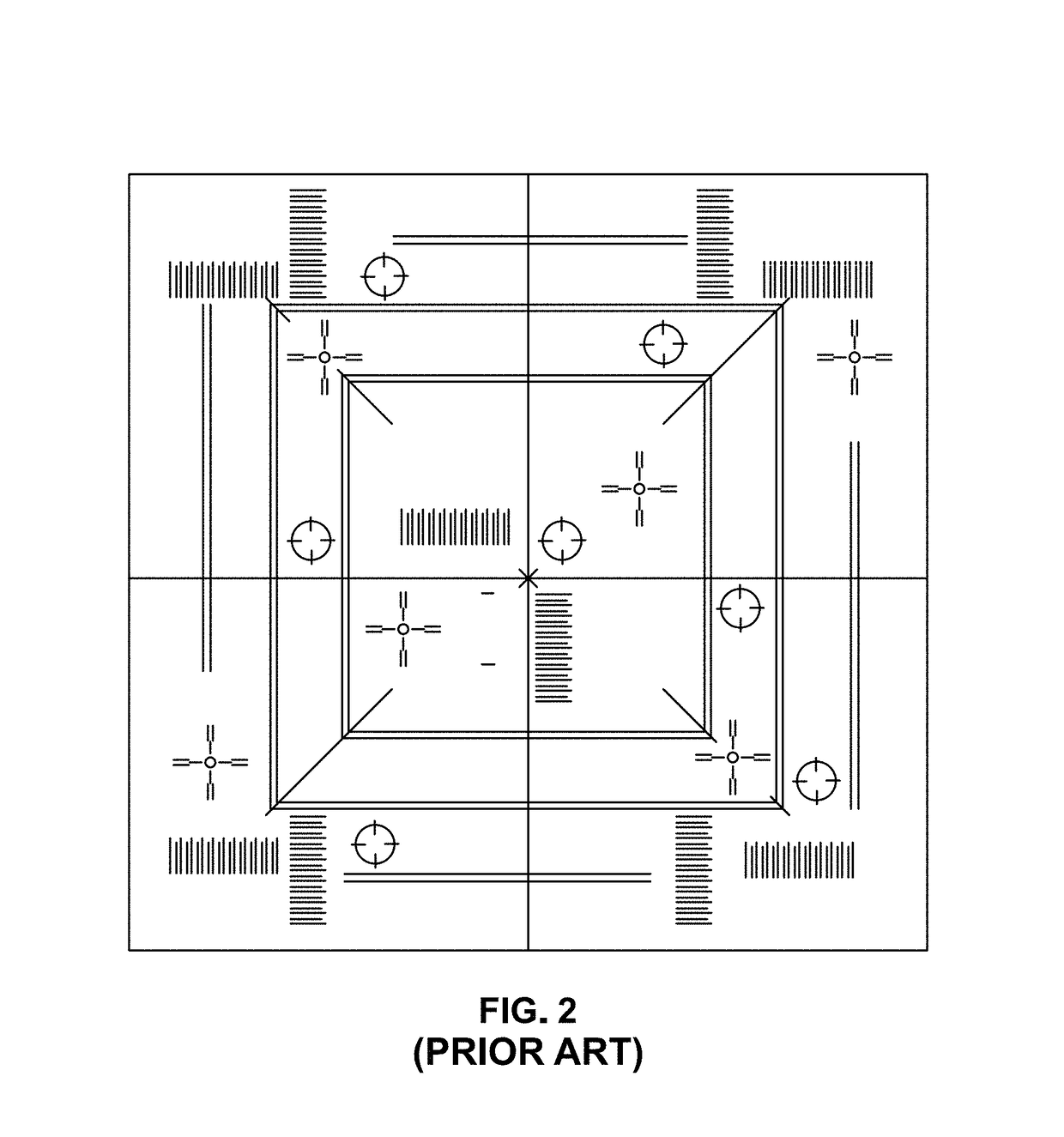Assessment and calibration of a high energy beam
a beam and high energy technology, applied in the field of high energy beams, can solve the problems of only being able to analyze, generating and controlling high energy beams, and complex geometries,
- Summary
- Abstract
- Description
- Claims
- Application Information
AI Technical Summary
Benefits of technology
Problems solved by technology
Method used
Image
Examples
Embodiment Construction
[0078]Referring to the drawings, as shown in FIGS. 3A and 3B, electron beam 13 may be translated over conductive plate 5, which may be but is not limited to steel, and may traverse thin cylindrical wire 2, which may be a tungsten wire, to produce a voltage drop. As shown in FIG. 3B, the voltage drop may increase as the high energy beam traverses thin wire 2 until the point of maximum energy crosses the thin wire 2, preferably as measured in a direction transverse to a longitudinal axis of thin wire 2.
[0079]As shown in FIG. 4, in a single wire high energy beam profiling apparatus 10 in accordance with an embodiment, thin wire 12 defining a profile thereof may be suspended between two pillars 11A, 11B and pass through conductive plate 15 which may be grounded. Thin wire 12 may be insulated from conductive plate 15 by either passing through holes 16, 17 in conductive plate 15 or passing through insulated pillars 11A, 11B. High energy beam 13 then may be scanned across thin wire 12 to c...
PUM
 Login to View More
Login to View More Abstract
Description
Claims
Application Information
 Login to View More
Login to View More - R&D
- Intellectual Property
- Life Sciences
- Materials
- Tech Scout
- Unparalleled Data Quality
- Higher Quality Content
- 60% Fewer Hallucinations
Browse by: Latest US Patents, China's latest patents, Technical Efficacy Thesaurus, Application Domain, Technology Topic, Popular Technical Reports.
© 2025 PatSnap. All rights reserved.Legal|Privacy policy|Modern Slavery Act Transparency Statement|Sitemap|About US| Contact US: help@patsnap.com



